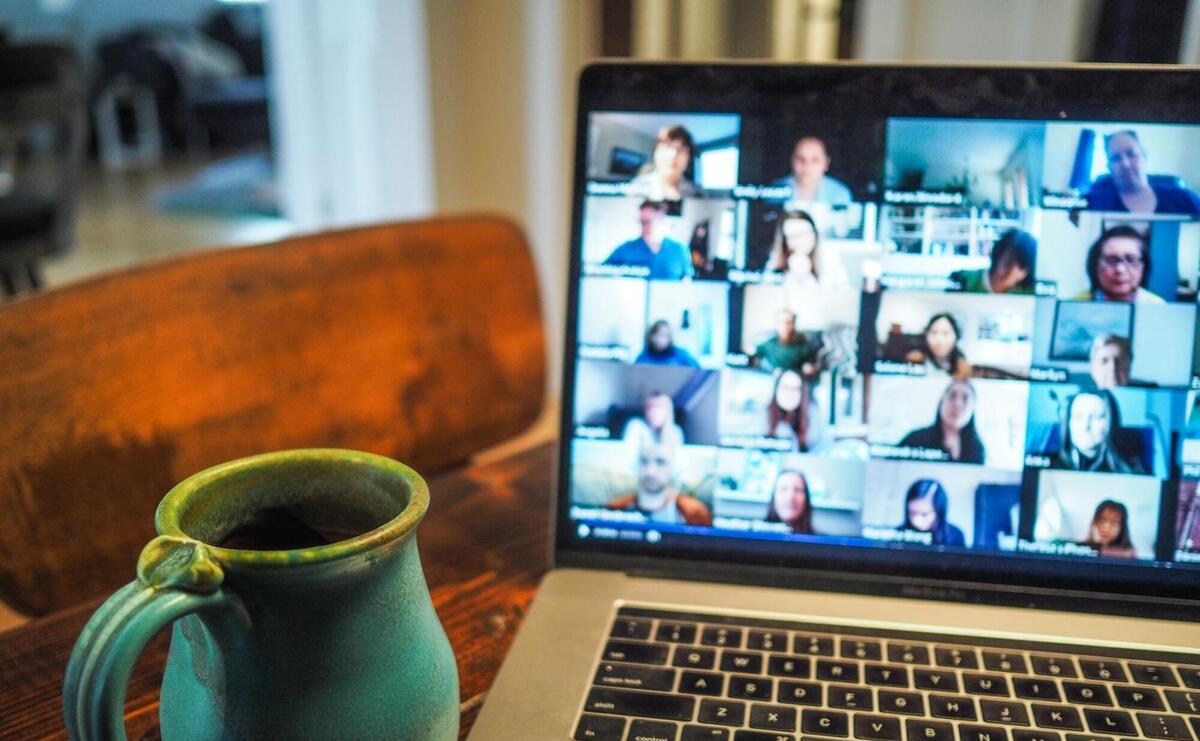How Apps Have Helped the Remote Working Generation
When it comes to working remotely, the COVID pandemic was obviously a game-changer. Although there will have been millions of people who already spent much of their working day at home, lockdowns experienced by most nations introduced the concept to millions more.

Since those lockdowns have been lifted, the political ramifications and arguments have continued. But the experience allowed many more people to discover the benefits of working remotely – especially with the help of some of the latest apps designed to make such work easier.
For those who had previously not worked remotely, using a laptop or a device at home might have meant checking social media accounts or planning spare time by reading Bovada reviews. But an insight into this remote working world allowed the growth of apps – and the development of new ones. Here are some of the areas of work life that have been transformed thanks to apps, specifically designed to help those working from their own homes.
Productivity Aids
One of the more frequent criticisms of remote working by those who are against even the idea of working from home is that there are just too many distractions for anyone to be able to do their work properly. Although studies have shown that the opposite is more the case, there are apps to help with productivity.
We will look at the plethora of organizational apps in a moment. But a service like Serene offers Mac users helps, not only with productivity but limits distractions as well. By promoting a single task for the user, this app focuses work time, while blocking access to other apps that have been proven to cause distraction and take the user away from the task at hand.
Organization
Making a list has long been the answer for workers who feel swamped with the sheer volume of tasks that they face on a daily basis. This can be done with paper and a pen, of course. But apps such as Todoist allow the user to plan ahead over a period of days, weeks, and months.
But apps like Todoist do not just work as a linear list of work to be completed. Organizing the work tasks is just as important – if not more so – than the work itself. Being able to label tasks into areas and prioritize them through the app can be invaluable. The animated celebration messages can also act as an encouragement for many.
Face-to-Face
These kinds of apps took off during the lockdown periods and have continued to be a useful way for colleagues to keep the face-to-face element of their daily routines, even if it is in a virtual room rather than a physical meeting room. One of the main players here is Zoom.
Video conference calls were used during the pandemic by everyone, from schoolchildren to digital marketing professionals, and many have now gotten used to this way of working. The ability to screen share and record meetings has only aided Zoom’s usefulness and it remains the most popular way to conduct meetings in the current climate.

Sharing
Cloud-based storage apps have been incredibly useful for freelancers wanting to save work, as well as for sharing and uploading work without the need for emails. The fact that one of the most popular is also tied in with Google just makes this way of working even more ubiquitous.
The ability to set permissions for editing and viewing also adds much-needed security to this kind of remote work sharing. Mac users are particularly happy with the Google Drive app, as the alternative – from Microsoft – is notoriously flaky. Being able to collaborate in real-time has made working from home so much easier.
Message Boards
One aspect of working in an office environment that is usually regarded as irreplaceable is the social element. This does not have to be detrimental to the efficiency of a workplace either, as interaction and group activities are seen as beneficial for a healthy work atmosphere.
Anyone who attempted to organize social events on Zoom during the lockdowns will know that this kind of social interaction can sometimes be difficult remotely. But message board apps can be used to bridge the gap and work as an intermediary point to actually meeting up in real life if necessary.
Finance
Any freelance worker will tell you that chasing up invoices is the absolute worst part of their job. Something that is taken for granted by salaried workers can take up valuable periods of time for those who never get to meet the finance departments of the companies they work for.
That is why the emergence of invoice apps and general finance programs to help make and receive payments have been welcomed by just about everyone. The commission side of the practice is a downside, of course, and there is still the problem of freelancers getting paid on time for their work – but these apps are making a real difference.
Managing Teams
We have been largely concentrating on the team member/freelancer side of the business relationship for these examples of life-saving remote working apps. But there are plenty of options for people who are tasked with managing teams of workers. What could be a real problem has been streamlined and improved.
With team members sometimes in different parts of the world, those in management positions need to juggle time zones, as well as workloads. Thankfully, there are specialized elements with all the best apps to ensure that everyone can feel involved, wherever they are. With these kinds of apps being improved all the time, working remotely can continue to be a positive move for the workforce of tomorrow.